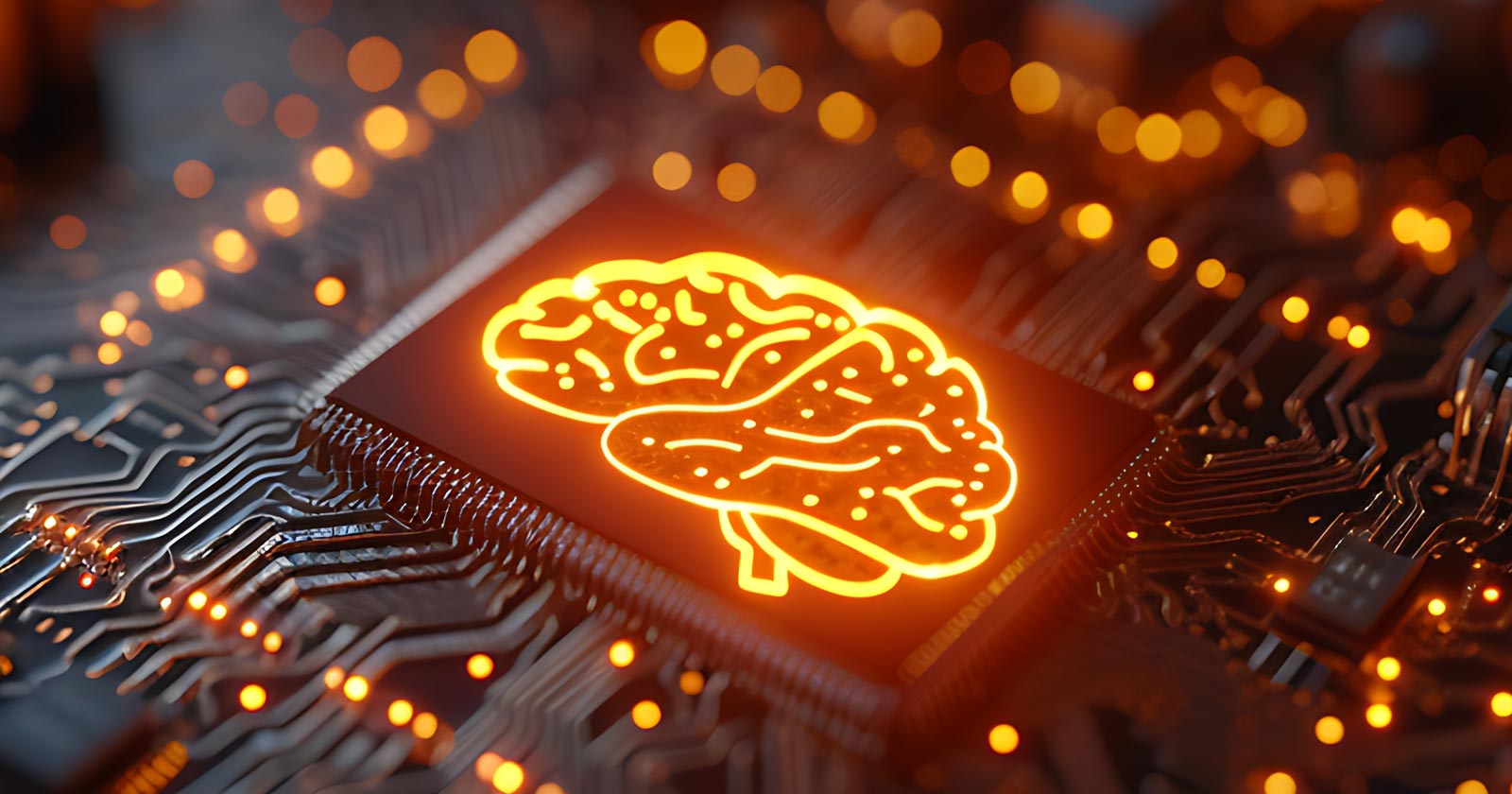
The United States Copyright Office released a pre-publication version of a report on the use of copyrighted materials for training generative AI, outlining a legal and factual case that identifies copyright risks at every stage of generative AI development.
The report was created in response to public and congressional concern about the use of copyrighted content, including pirated versions, by AI systems without first obtaining permission. While the Copyright Office doesn’t make legal rulings, the reports it creates offer legal and technical guidance that can influence legislation and court decisions.
The report offers four reasons AI technology companies should be concerned:
- The report states that many acts of data acquisition, the process of creating datasets from copyrighted work, and training could “constitute prima facie infringement.”
- It challenges the common industry defense that training models does not involve “copying,” noting that the process of creating datasets involves the creation of multiple copies, and that improvements in model weights can also contain copies of those works. The report cites reports of instances where AI reproduces copyrighted works, either word for word or “near identical” copies.
- It states that the training process implicates the right of reproduction, one of the exclusive rights granted to emphasizes that memorization and regurgitation of copyrighted content by models may constitute infringement, even if unintended.
- Transformative use, where it adds a new meaning to an original work, is an important consideration in fair use analysis. The report acknowledges that “some uses of copyrighted works in AI training are likely to be transformative,” but it “disagrees” with the argument that AI training is transformative simply because it resembles “human learning,” such as when a person reads a book and learns from it.
Copyright Implications At Every Stage of AI Development
Perhaps the most damning part of the report is where it says that there may be copyright issues at every stage of the AI development and lists each stage of development and what may be wrong with it.
“A. Data Collection and Curation
The steps required to produce a training dataset containing copyrighted works clearly implicate the right of reproduction…
B. Training
The training process also implicates the right of reproduction. First, the speed and scale of training requires developers to download the dataset and copy it to high-performance storage prior to training.96 Second, during training, works or substantial portions of works are temporarily reproduced as they are “shown” to the model in batches.
Those copies may persist long enough to infringe the right of reproduction,160 depending on the model at issue and the specific hardware and software implementations used by developers.
Third, the training process—providing training examples, measuring the model’s performance against expected outputs, and iteratively updating weights to improve performance—may result in model weights that contain copies of works in the training data. If so, then subsequent copying of the model weights, even by parties not involved in the training process, could also constitute prima facie infringement.
C. RAG
RAG also involves the reproduction of copyrighted works.110 Typically, RAG works in one of two ways. In one, the AI developer copies material into a retrieval database, and the generative AI system can later access that database to retrieve relevant material and supply it to the model along with the user’s prompt.111 In the other, the system retrieves material from an external source (for example, a search engine or a specific website).181 Both methods involve making reproductions, including when the system copies retrieved content at generation time to augment its response.
D. Outputs
Generative AI models sometimes output material that replicates or closely resembles copyrighted works. Users have demonstrated that generative AI can produce near exact replicas of still images from movies,112 copyrightable characters,113 or text from news stories.114 Such outputs likely infringe the reproduction right and, to the extent they adapt the originals, the right to prepare derivative works.”
The report finds infringement risks at every stage of generative AI development, and while its findings are not legally binding, they could be used to create legislation and serve as guidance for courts.
Takeaways
- AI Training And Copyright Infringement:
The report argues that both data acquisition and model training can involve unauthorized copying, possibly constituting “prima facie infringement.” - Rejection Of Industry Defenses:
The Copyright Office disputes common AI industry claims that training does not involve copying and that AI training is analogous to human learning. - Fair Use And Transformative Use:
The report disagrees with the broad application of transformative use as a defense, especially when based on comparisons to human cognition. - Concern About All Stages Of AI Development:
Copyright concerns are identified at every stage of AI development, from data collection, training, retrieval-augmented generation (RAG), and model outputs. - Memorization and Model Weights:
The Office warns that AI models may retain copyrighted content in weights, meaning even use or distribution of those weights could be infringing. - Output Reproduction and Derivative Works:
The ability of AI to generate near-identical outputs (e.g., movie stills, characters, or articles) raises concerns about violations of both reproduction and derivative work rights. - RAG-Specific Infringement Risk:
Both methods of RAG, copying content into a database or retrieving from external sources, are described as involving potentially infringing reproductions.
The U.S. Copyright Office report describes multiple ways that generative AI development may infringe copyright law, challenging the legality of using copyrighted data without permission at every technical stage, from dataset creation to model outputs. It rejects the use of the analogy of human learning as a defense and the industry’s broad application of fair use. Although the report doesn’t have the same force as a judicial finding, the report can be used as guidance for lawmakers and courts.
Featured Image by Shutterstock/Treecha
